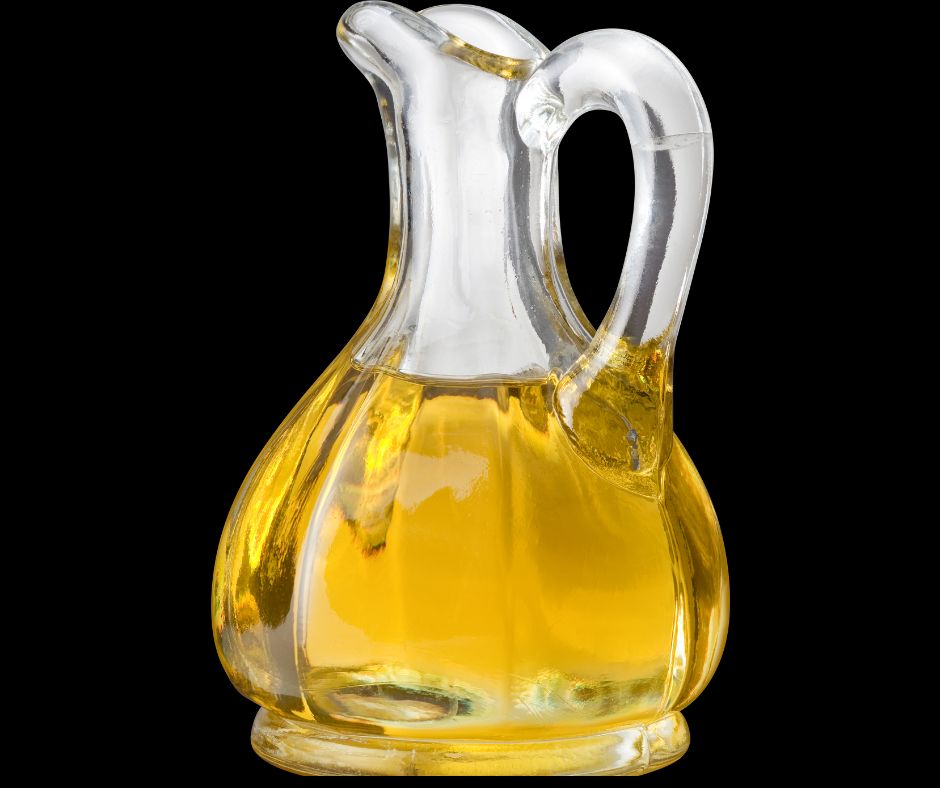Baby Oil
★★★★★
Vegetable Oil and Flour
★★★★★
(California)
12/29/2016
How long does the vegetable oil and flour need to stay on so that it will work? Thanks!

As much as we try to keep our pets safe, they have a knack for getting into trouble when we aren’t around. Whether it’s sneaking into the garage, exploring the garden shed, or venturing beyond the yard, there’s no telling what messes they might encounter. From oil-based paints to tar, pets can find themselves covered in substances that aren’t easy to remove. Fortunately, there are safe and natural methods to clean your pet’s fur without resorting to harsh chemicals. Here are some effective, natural methods for removing various contaminants from your pet’s fur: If your pet has gotten into oil-based paint or motor oil, using a harsh solvent like turpentine isn’t necessary. Instead, opt for a safer, natural solution: vegetable or mineral oil. Here’s how: Tar can be a particularly stubborn contaminant, but petroleum jelly or Crisco shortening can help soften it for easy removal. Follow these steps: If your pet has come into contact with latex paint or wax, you can use ice to harden the substance, making it easier to remove: Bubble gum stuck in fur can be tricky, but peanut butter is an excellent natural remedy: While pets may find themselves in sticky situations, you can safely and effectively remove contaminants from their fur using these natural methods. By avoiding harsh chemicals, you’ll not only protect your pet’s health but also keep their fur looking and feeling great. Always follow up with a gentle bath to ensure all residues are removed and your pet is clean and comfortable. Have you had to remove stubborn substances from your pet’s fur? Share your tips and tricks! Continue reading below for advice from Earth Clinic readers who have successfully tackled similar challenges using natural remedies.Natural Solutions for Removing Contaminants from Pet’s Fur
Removing Oil-Based Paint or Motor Oil
Removing Tar
Removing Latex Paint or Wax
Removing Bubble Gum
Final Thoughts
| 5 star (1) | 100% |
| 5 star (1) | 100% |

Please note that we use cookies necessary for the functioning of our website, cookies that optimize the performance. To learn more about our cookies, how we use them and their benefits, please read our Privacy Policy